Description
On the other hand, the Stones’ second show in Honolulu on January 22, 1973 was an audience recording that was discovered almost 20 years ago. The appearance of this sound source overturned the previous data on the Honolulu performance, and it was a significant excavation that revealed that they had performed twice on this day (the previous day was only once). Moreover, this sound source has the same easy-to-listen quality as the audience recordings of the other two stages, and the VGP “BLUE HAWAII” released at that time was immediately considered the definitive version. Also fresh in my memory is the ESVD “SWEET TROPICAL SUN” box, which combines all the new sound sources for the three days including this day with the existing sound sources that will be released this time. However, to this day, “BLUE HAWAII” remains the best, and although it certainly had very good sound quality, it still had a 90’s treatment. Now, 20 years have passed since the release of the already released version, and a new upper version has finally appeared. As expected, the previously released version had a finish with a noticeable high range throughout, and of course the original sound was not that crisp. Although the master has already appeared 20 years ago, the sound source has also been revised when making a new CD. In fact, there were more problems here and there than in the first show. First of all, the sound was a little muffled up to “Happy”, so I improved this by equalizing. Even that alone creates a clearly noticeable ease of listening compared to the previously released version. Originally, the sound source has an attractive stereo feeling, but with the addition of clarity, it is now easier to listen to. But that’s not all. Even the pitch deviation that starts rising in the middle of “Bitch” and rises to nearly a semitone is perfectly adjusted. It seems that there were some enthusiasts who noticed this area on the already released version, but even the finer dropouts and instability that occurred in the interlude of “Gimme Shelter” were thoroughly adjusted. Since the original sound source had excellent sound quality, you will be surprised to find that it is even easier to listen to this time. In particular, the “Gimme Shelter” interlude is also a highlight of Taylor’s listening, and as the minor problems that occurred there have been wiped out, it has evolved into a state that can be listened to more carefully. And it is a phenomenon that was consistently seen in audience recordings of Honolulu performances, but instead of Mick’s voice being close, the clearness of the performance was just so-so. Also, regarding this time, the difference in sound quality that occurred between the first half and the second half has been resolved by the previous equalization, so the details of the performance are also better viewed. As a final blow to these adjustments, even the localization of the sound image, which was shifted to the right, was firmly corrected. Even if you listen to it with headphones, you can enjoy it without feeling stressed. Regarding the performance, it seems that Mick’s excitement has become even higher than before, probably because this is the last stage in Honolulu, and because the Japanese performance was canceled and he was suddenly confirmed to be off to Australia in February ( By the way, work was done on the album “GOATS HEAD SOUP” in LA during the off-season). What’s interesting is that “It’s All Over Now”, which had been played in a chaotic manner with too much energy at the first show, changed and was played in a subdued manner, which seemed to foreshadow the later “It’s Only Rock’n Roll”. It’s interesting that it gives off such an atmosphere. You might say that this is the final form of a limited-time arrangement that was only shown in Honolulu. Another fact that is often overlooked is that “Dead Flowers,” which was also performed during the three days in Honolulu, was a great performance at every episode, and this episode was the best. No. In particular, Taylor’s play in the interlude was very wonderful, and this time it was even more impressive than the “Gimme Shelter” interlude. Of course, it is not an aggressive phrase like the same song, but the play is still composed of relaxed phrases and is wonderful. Since the time of Marquee and Leeds in 1971, Taylor has been playing short but flashy phrases in the interlude of the same song, and I want to declare that this performance is the pinnacle of that. “Sweet Virginia” is also played in this episode, and what’s interesting about it is that the “electric-acoustic feel” that Keith plays with an acoustic guitar with a pickup is captured in a more realistic way than the sound source of other episodes. . Moreover, the slow yet lively performance is also good. The second show on January 22nd in Honolulu, which was often overlooked because it was discovered in recent years (although it was 20 years ago). The upper version is finally here. Enjoy the final performance in Honolulu with a clearer, more natural, and well-groomed finish! (Regarding pitch processing) It was correct at the beginning, but it gradually became faster from the beginning to the end of Bitch, and after that it was consistently about 20% faster than a semitone, so I fixed it. Although it is within the margin of error, I have corrected it. Live at Honolulu International Center, Honolulu, Hawaii 22nd January 1973 (2nd Show)(69:49) 1. Intro 2. Brown Sugar 3. Bitch 4. Rocks Off 5. Gimme Shelter 6. It’s All Over Now 7. Happy 8. Tumbling Dice 9. Sweet Virginia 10. Dead Flowers 11. You Can’t Always Get What You Want 12. All Down The Line 13. Midnight Rambler 14. Rip This Joint 15. Jumping Jack Flash 16. Street Fighting Man
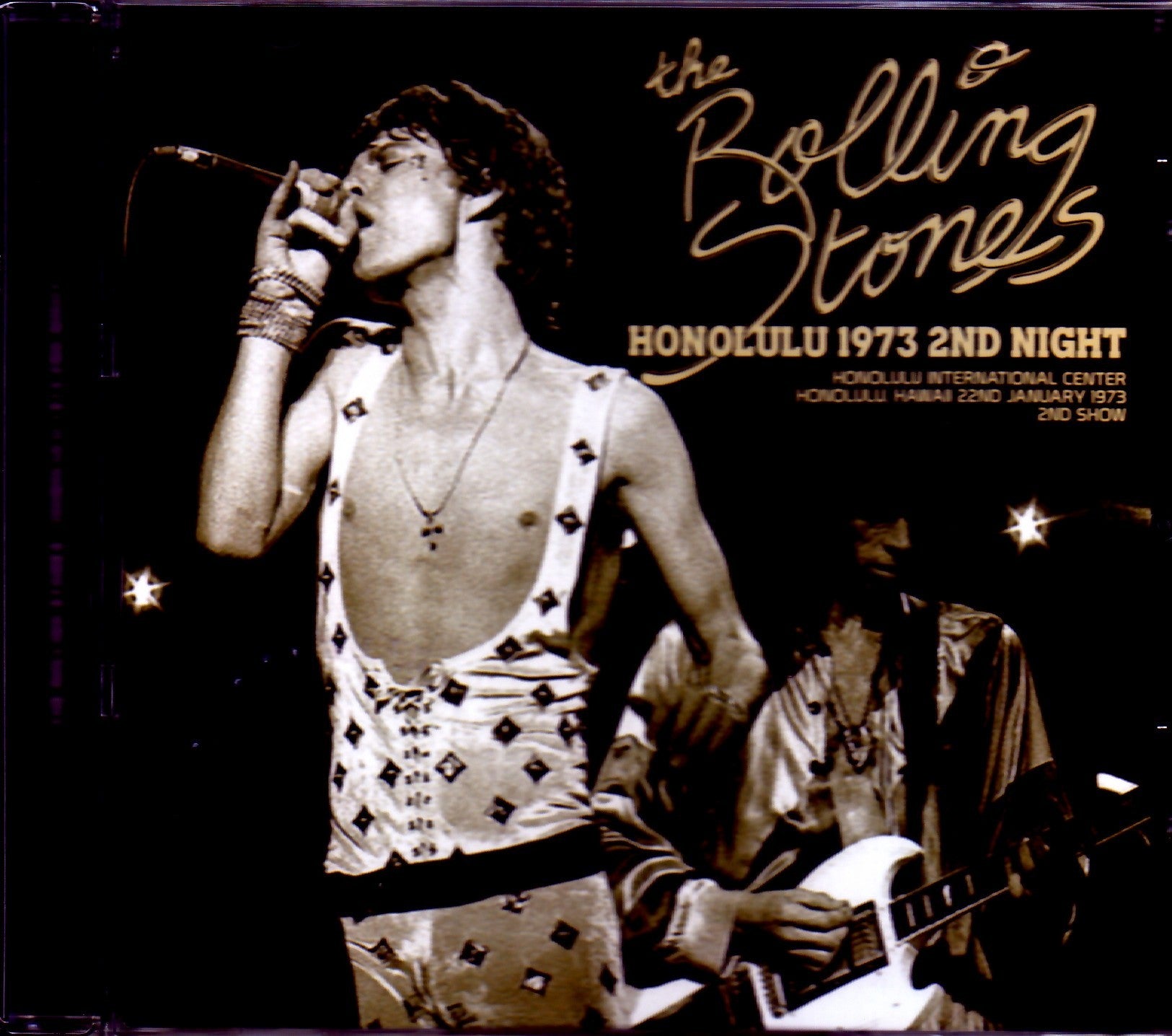
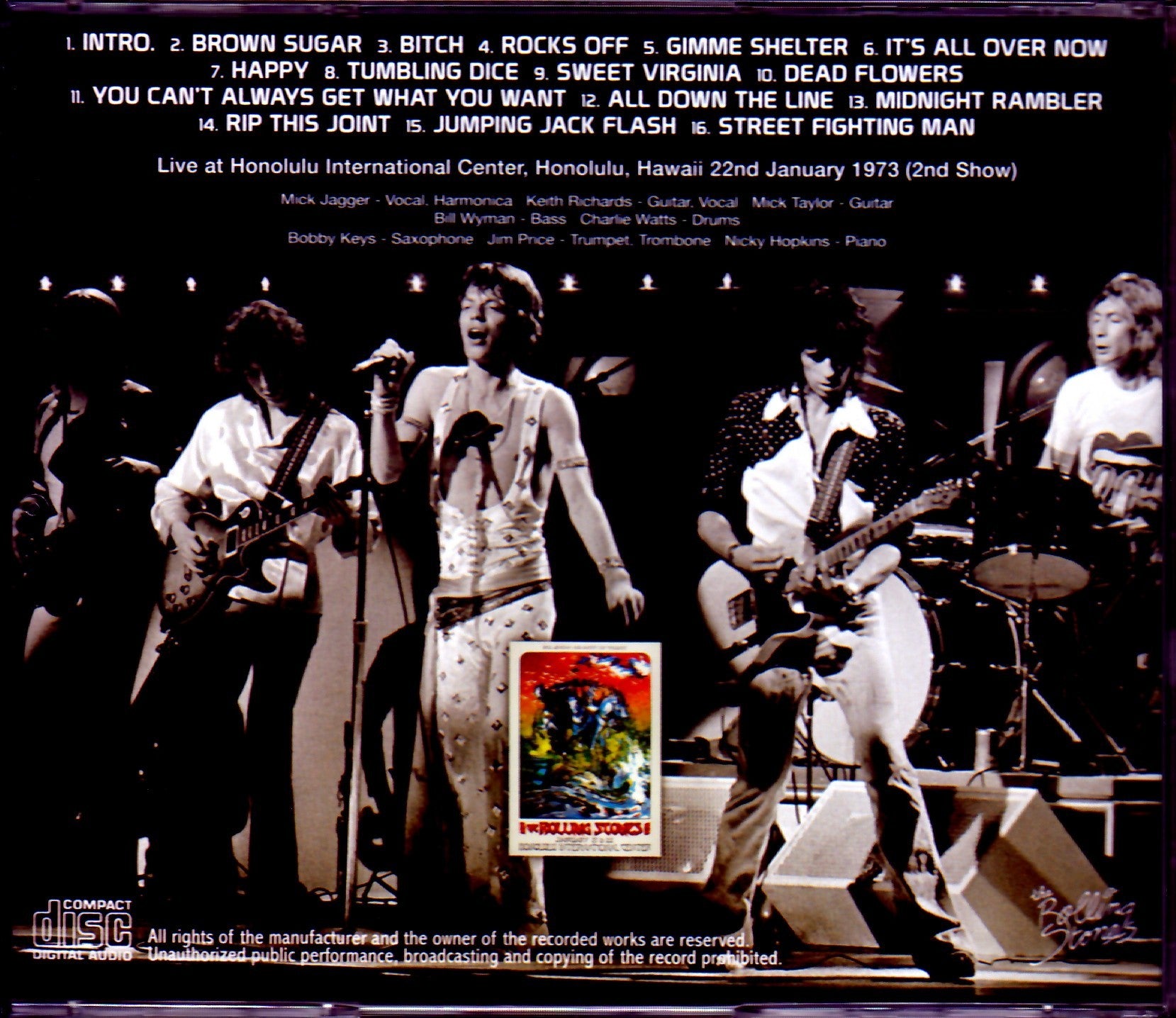

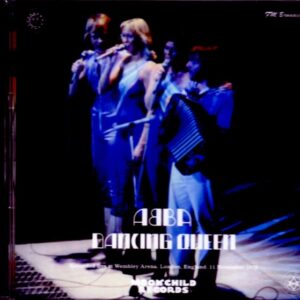
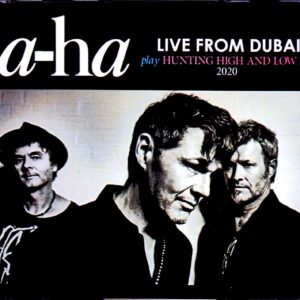
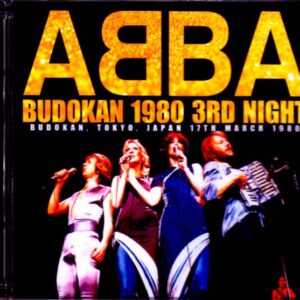
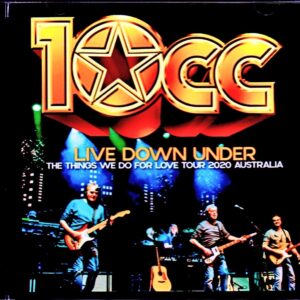
Reviews
There are no reviews yet.